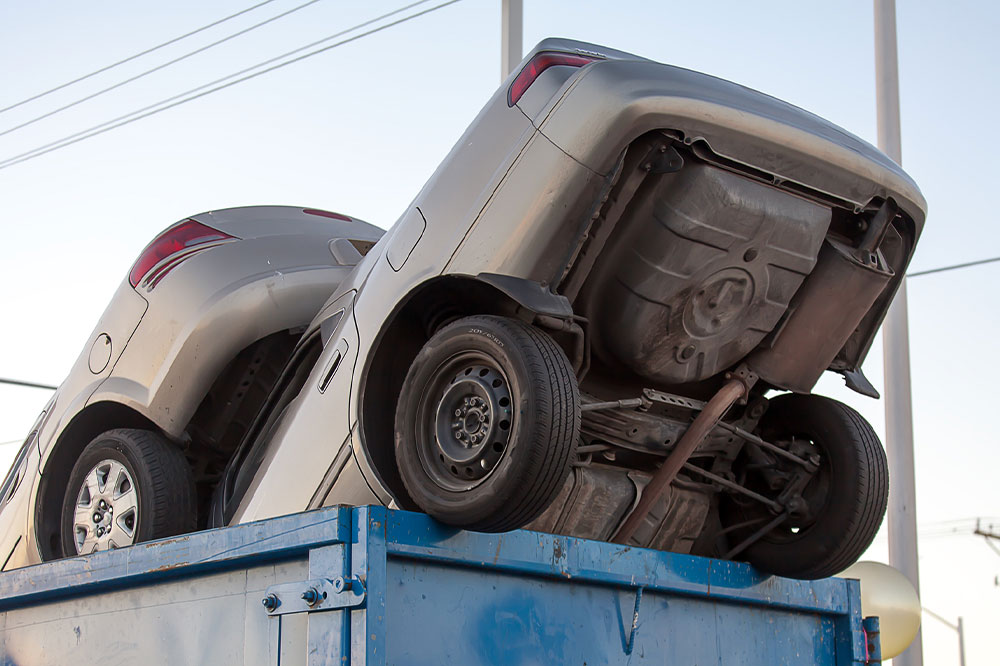The Comprehensive Guide to Selling Your Old Vehicle for Maximum Profit
Learn comprehensive strategies for selling your old vehicle efficiently. This guide covers vehicle evaluation, preparation, dismantling valuable parts, handling documentation, and professional assistance to maximize your profits and ensure a smooth transaction process. Perfect for owners looking to dispose of outdated or damaged cars responsibly and profitably.

The Ultimate Strategy for Converting Your Old Car into Cash
If your vehicle has become unreliable, costly to repair, or simply outdated, selling it can be a practical solution to recover some value. Older cars often face depreciation, and their condition might prevent traditional buyers or dealerships from offering a fair price. In such cases, junkyards or scrap dealers are viable options for disposal and can provide quick cash. However, to maximize your earnings and ensure a smooth process, understanding the right steps and preparing your vehicle properly is essential.
Step 1: Conduct a Detailed Vehicle Evaluation
Before making any decisions, it’s critical to assess your vehicle's current market value. This involves researching what similar vehicles are selling for in your area, considering factors such as the car’s age, overall condition, damage extent, and potential value of salvageable parts. Various online resources, automobile valuation tools, and local junkyards can provide estimated prices. Knowing your car's worth helps you decide whether to sell it directly or consider alternative options like donation or parts resale. Maximizing your profit hinges on an accurate understanding of your vehicle’s value, especially if it has valuable components or rare parts that can be resold separately.
Step 2: Prepare Your Vehicle for Sale
Cleaning your vehicle thoroughly is vital. A spotless car gives a better first impression and can even impact the price—though minimal for junk vehicles, cleaning helps identify key features and damages clearly. Remove all personal belongings, including valuables, registration documents, insurance cards, and any other personal items stored inside. Be meticulous by checking the trunk, glove compartment, under seats, and door panels to ensure no items are overlooked.
Step 3: Salvage and Remove Valuable Components
One of the most profitable strategies when dealing with an old or damaged car is to disassemble and sell valuable parts separately. Popular components such as wheels, tires, batteries, alternators, sound systems, and even engine parts can be resold for additional cash, often exceeding what a junkyard might pay for the entire vehicle. Some junkyards or salvage yards offer assistance with evaluating and pricing these items, or you can do quick research to estimate their worth. Proper removal of these parts requires caution; consider hiring a mechanic or specialists if you lack experience, to prevent damage that could reduce the value of the parts or compromise safety.
Step 4: Dismantle Non-Metal Components Safely
Certain non-metal parts such as seats, dashboards, visors, and trim pieces can also be sold independently, especially if they’re in good condition. Carefully disassemble these components, avoiding unnecessary damage, as they can significantly boost your overall profit. If unsure about how to remove these parts properly, professional assistance ensures safe disassembly and maximizes the resale value.
Step 5: Handle Documentation and Legalities
To ensure legal compliance and a smooth transfer of ownership, gather all necessary paperwork including the vehicle’s title, registration, and proof of purchase. If any documents are missing, contact your local Department of Motor Vehicles (DMV) to request replacements. Removing license plates before selling your car is a standard procedure that prevents future liability claims and facilitates the transfer process. Make sure to surrender the plates to authorities if required in your jurisdiction, and cancel your vehicle insurance policy to avoid ongoing charges for a car you no longer own. Contact your insurance provider to inform them about the sale, cancel coverage, and request possible refunds.
Step 6: Decide on Professional Assistance
Engaging with a professional car removal or salvage service might simplify the process. These companies can assist with vehicle evaluation, handle all paperwork, and arrange for free or low-cost towing. Many offer cash-on-delivery services, ensuring a hassle-free transaction. They are knowledgeable about legal requirements and can help you receive the best deal for your old or junk vehicle. When choosing a service, verify their reputation, licensing, and whether they handle all logistics efficiently.
Overall, turning your old vehicle into cash is achievable through strategic preparation, researching value, and utilizing professional services. By following these comprehensive steps, you can ensure a profitable and smooth transaction, helping you make the most out of a vehicle that no longer serves its purpose. Remember, proper preparation not only maximizes your earnings but also ensures compliance with legal regulations, protecting you from future liabilities. Whether you choose to sell directly to a junkyard, dismantle parts for resale, or leverage professional services, understanding each step is crucial to achieving the best possible outcome.





